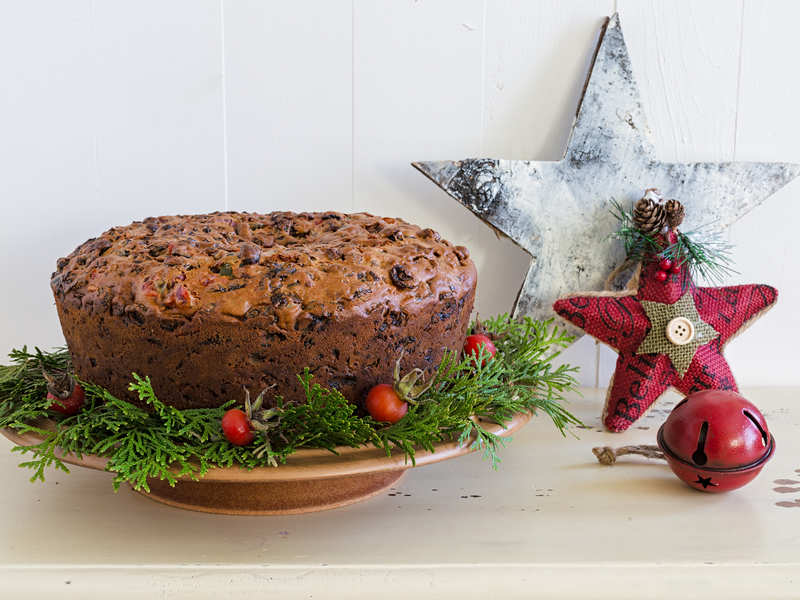Flour is an essential ingredient in baking. It is the base ingredient for most baked goods such as cakes, bread, cookies, and pastries. But not all flours are created equal. Different types of flour have different properties that can make a significant difference in the outcome of baked goods.

To understand the different types of flour and their uses in baking, we need to take a closer look at the wheat kernel. Wheat kernels have three parts: the bran, the germ, and the endosperm. The endosperm is the largest part of the kernel, and it contains starch and protein that make up the white flour we are all familiar with.
- All-purpose Flour:
All-purpose flour is the most common type of flour used in baking. It is a blend of hard and soft wheat that has a moderate protein content. It is versatile and can be used for most baked goods such as cakes, cookies, bread, and pastries.

- Cake Flour:
Cake flour has a low protein content, making it ideal for light and fluffy cakes. It has a finely ground texture, which results in a tender crumb and a delicate texture. It is not recommended for bread or other baked goods that require a strong structure.
- Bread Flour:
Bread flour has a high protein content, making it ideal for strong and elastic bread dough. It has a coarse texture that can absorb more liquid, resulting in a chewy and rustic bread. It is not recommended for cakes or pastries that require a tender crumb.
- Pastry Flour:
Pastry flour is similar to cake flour but has a slightly higher protein content. It is ideal for baked goods that require a tender and flaky texture, such as pies, tarts, and biscuits.
- Whole Wheat Flour:
Whole wheat flour contains all three parts of the wheat kernel: the bran, germ, and endosperm. It has a high fiber content, making it a healthier alternative to white flour. It has a heavier texture and a nuttier flavor that complements hearty bread and baked goods.
- Gluten-Free Flour:
Gluten-free flour is made from alternative grains such as rice, corn, or oats. It is a great option for people with celiac disease or gluten intolerance. However, it can be challenging to work with because it lacks the protein that gives structure to baked goods.
Understanding the different types of flour and their uses in baking is crucial for achieving the desired outcome of baked goods. Each flour has its unique properties that can affect texture, flavor, and structure. By choosing the right flour for each recipe, you can ensure excellent results every time you bake.

